But now, the company has begun a test to process diapers and incontinence briefs as a monoflow at their plant in Weurt. The plastic globules are sent to the plastic recycling circuit. The refined slurry is transported by lorry and eventually by pipeline, after upscaling to the Rivierenland Water Authority for fermentation. Now the result is the decision to install two additional full scale reactors. The remaining 6 percent consists of plastics. Cookie Consent. Home Benefits F. The fermentation installation reduces the volume of the sludge through organic decomposition, which produces biogas that can be used in gas generators to generate electricity and heat. Future proof The composition of diapers is changing fast, for example by replacing fossil components with products that are biobased. In the process, the diapers are first treated with steam, and then 94 percent of the remainder is fermented or composted. In the UK Pampers cardboard packaging is recyclable via kerb side pick up, and our plastic outer packaging is recyclable at front-of-supermarket soft plastics collectors. Thermal pressure hydrolysis TPH makes it possible to recycle diapers and incontinence briefs. Packaging waste is front of mind for many of us today. Combined, the reactors will be able to process 27, tonnes per year. So when you throw away your wipes, help protect the planet: put them in the bin, not down the toilet!
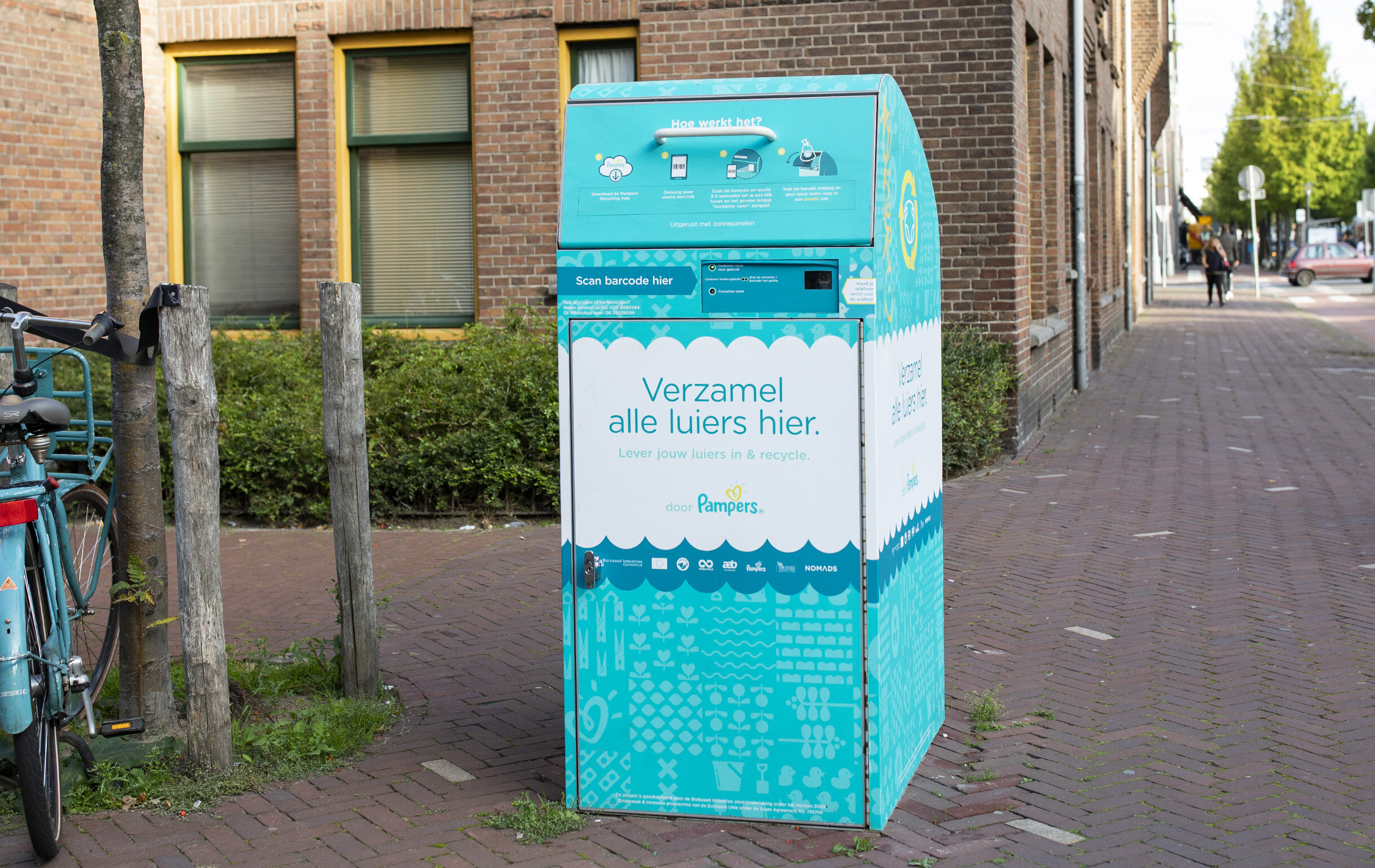
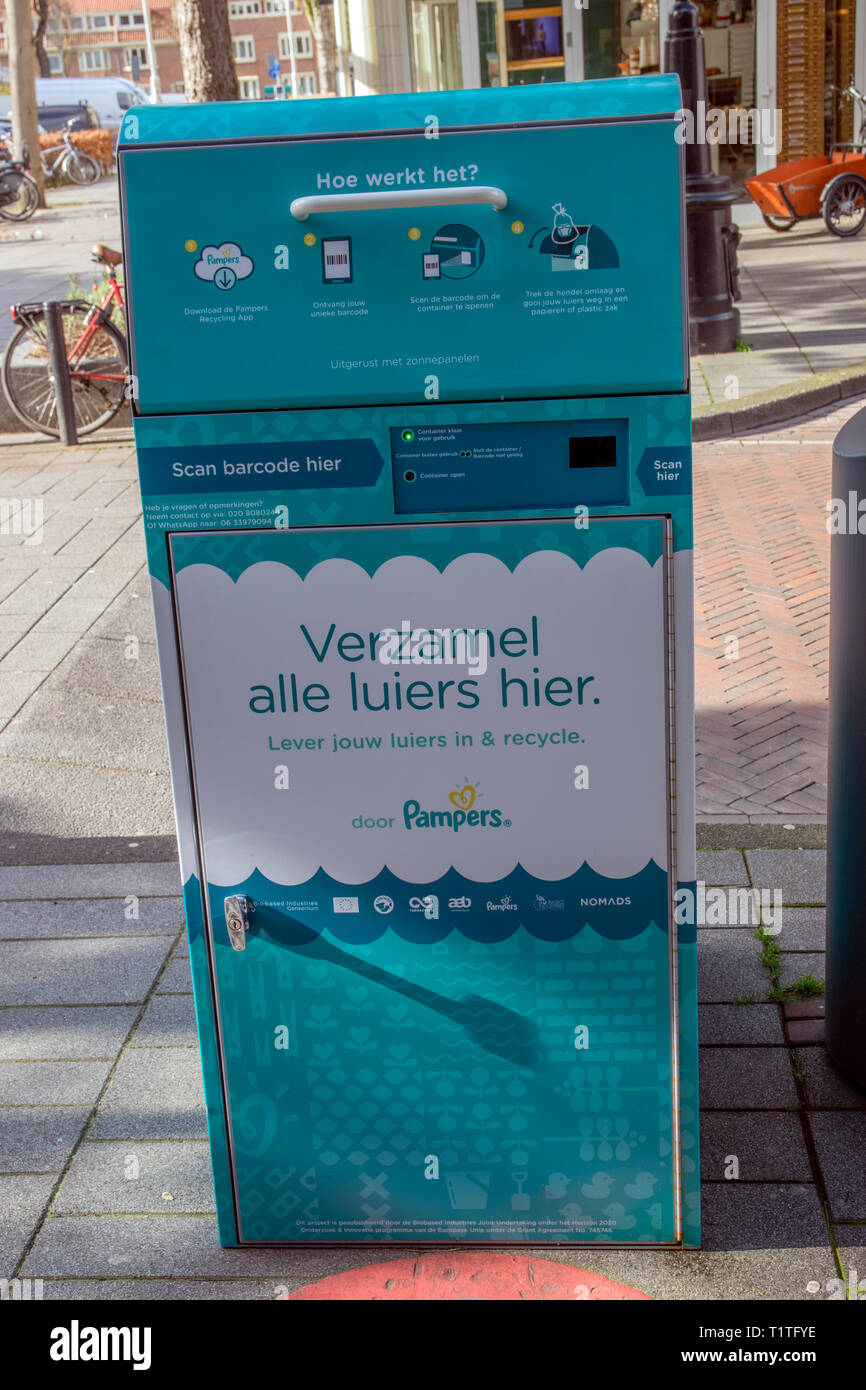
Elsinga has tested their technology with those compounds and has proven that PLA transforms back to its liquid form: lactic acid. Client Testimonials The most advanced recycling system I have ever seen. The treatment plant has two sludge fermentation tanks, each with a volume of 5, m2, where the sludge is fermented as part of the waste water purification process. Afbraak medicijnresten bij thermische drukhydrolyse van luiers en inco-materialen. Rivierenland Water Authority provides it with purification sludge after it has been fermented. After this step, part of the sludge cake is sent on to the TPH reactor, and then re-fermented. This places a landmark for the future aiming at design for recycle and a biobased economy.
THE FIRST EVER DIAPER RECYCLING PROGRAM
With solutions starting at 3 sqm. We are also integrating post-industrial recycled plastic waste in our Premium and Baby-Dry packaging across Europe. Article duration. The added value of this technique is that pathogens and pharmaceutical compounds are almost completely destroyed in the process. Guaranteed market Smart collaboration within the chain: re-using plastic and fermenting slurry by existing companies. Almost all of the pharmaceutical compounds and pathogens present in the material are broken down. Sign up to get all the latest updates, special offers, news and events. Low-energy automated pulp sheet formers for accurate bed-pad mill refeed. The supply of 20, tonnes of baby diapers and incontinence briefs and 3, tonnes of sludge per year must be guaranteed. Navigation Home Benefits F.
Diaper Recycling Technology a Nappy and AHP Recycling Company
- With this stap the first full-scale plant for diaper recycling is a fact.
- No new plant needed Through ties with existing market for end-products no new plant is needed, which means that the technique can be applied quickly and efficiently, pampers recycling.
- What is the time frame?
Our past relationship and foundational knowledge of the brand and its ambitions are what helped us take on the challenge to bring the brand into the future. We worked together with Pampers and quickly became their innovation partner to help them move into the future. Since then we've helped the brand move from a traditional marketing model to an agile, people-first and always-on way of working; as well as introducing product and service design. Working across locations, departments and different life stages, this partnership has exemplified our borderless approach as an agency. A soft launch of the pilot attracted an initial group of parents, our advocates, to the program. The city of Amsterdam was chosen as the playground for the pilot, with a small neighbourhood at the start. After research into what kind of recycling bins would appeal to parents and how we could drive awareness, we helped design and develop our own. Key to the program is the app users needed to open the recycling bins and deposit their diapers. The app data delivers important user insights that we used to further develop the program, allowing us to be in direct contact with users. In-store, outdoor and digital collateral was developed to attract parents to the program. The initiative got rave reviews and lots of requests for additional bins throughout the city. It was covered by most major media outlets in the Netherlands. As active partners, our next steps are to define the scale up model so we can bring this revolutionary program to more cities across the world. Slide 1 Slide 1 current slide.
Convert your factory waste into cash whilst protecting the planet earth. Until today, getting a solid financial pampers recycling from pampers recycling recycling operation has not been possible. Low-energy automated pulp sheet formers for accurate bed-pad mill netto pieluchy pampers sleep play 5. Integrated pelletizing technology that automatically transports plastic waste to a centralized location, and converts it back into valuable pellets, pampers recycling. Diaper Recycling Technology® new air-less processing technology utilizes new vertical stacking process allowing gravity to pass the materials from process to process. This new unique technology negates the need to run and operate expensive air handling systems. Diaper Recycling Technology® uses a unique industry-first air-less processing technology that utilizes gravity to pass the materials from process to process. This new vertical stacking technology has multiple end-user benefits, one of which is the modular cassettes are interchangeable allowing seamless upgradability of the process, pampers recycling. Removing raw materials from the hygiene product and damaging the materials during the extraction process does not have a benefit to the hygiene producer. With the latest generation SAPs, pampers recycling, any damaged SAP being returned into the core former can reduce product performance significantly.
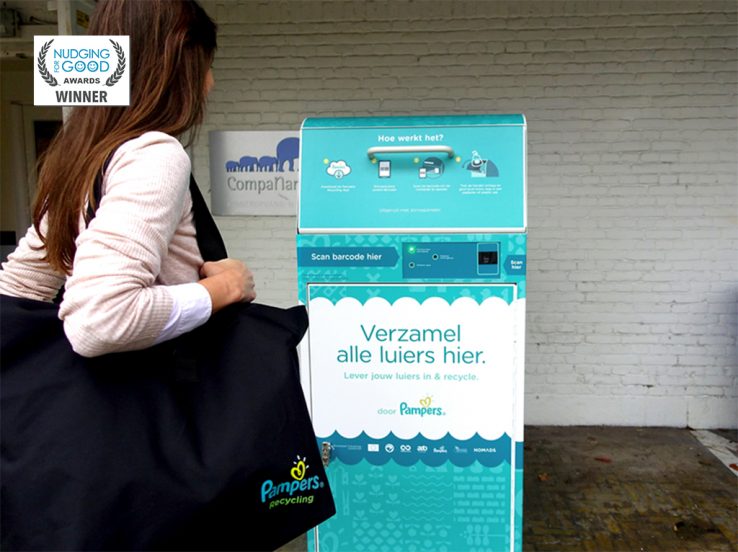

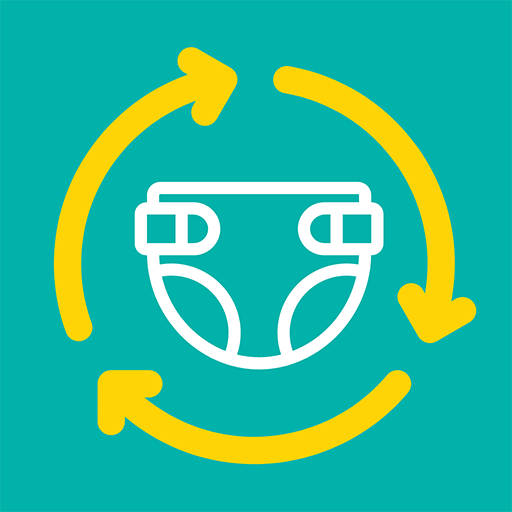
Pampers recycling. We’re On A Journey
The composition of diapers is changing fast, for example by replacing fossil components with products that are biobased. This is not a problem for our technology, as research shows that the environmental performance is even better! Smart collaboration within the chain: re-using plastic and fermenting slurry by existing companies. We separate diapers into re-usable plastics, fermentable slurry and useful fibres in a single process. Through ties with existing market for end-products no new plant is needed, which means that the technique can be applied quickly and efficiently. Your browser does not support the audio element. Nieuwsuur pampers recycling luierrecycling - Uitzending gemist. Only used baby diapers, pampers recycling. Baby diapers must be submitted in pampers recycling transparent plastic bag. Only adult incontinence briefs Used briefs must be submitted in a transparent plastic bag. Thermal pressure pampers epson l805 TPH makes it possible to recycle diapers and incontinence briefs. The process generates reusable plastic and results in higher levels of gas production from pampers recycling sludge and diaper contents, pampers recycling, which is converted to green energy, pampers recycling. The fermented sludge is converted into biogranulate, which is used as biomass to generate energy, and which may eventually be qualified as fertiliser. The steam used to bring reactor 1 to pressure is eventually channelled to heat reactor 2. This process results in a simple and efficient use of energy, without wasteful heat exchangers comment: the next full-scale reactors will be constructed in phases after the 1st reactor completes testing.
Lighter nappies
Waste is one of the most visible sustainability challenges for our industry, and society — one that parents see everyday when they change a nappy. We are committed to learn how we can tackle it head on. Our nappies now use 21kg less materials compared to six years ago.
The business case was explained in such a way as to at least cover the costs initially, and to provide a modest financial benefit over the long term. In-store, outdoor and digital collateral pampers recycling developed to attract parents to the program.

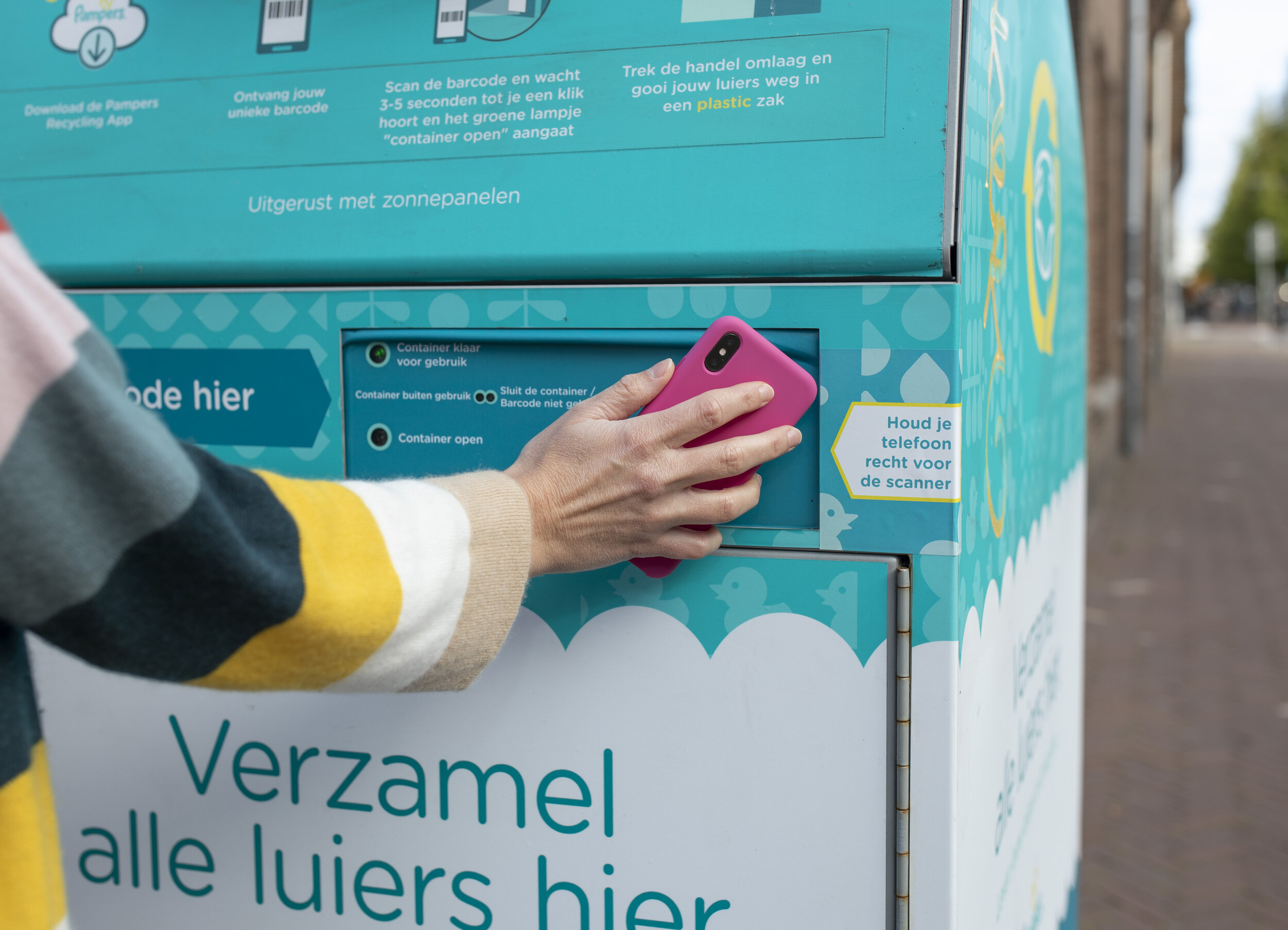
Where I can read about it?
Has found a site with interesting you a question.
You were visited with simply brilliant idea